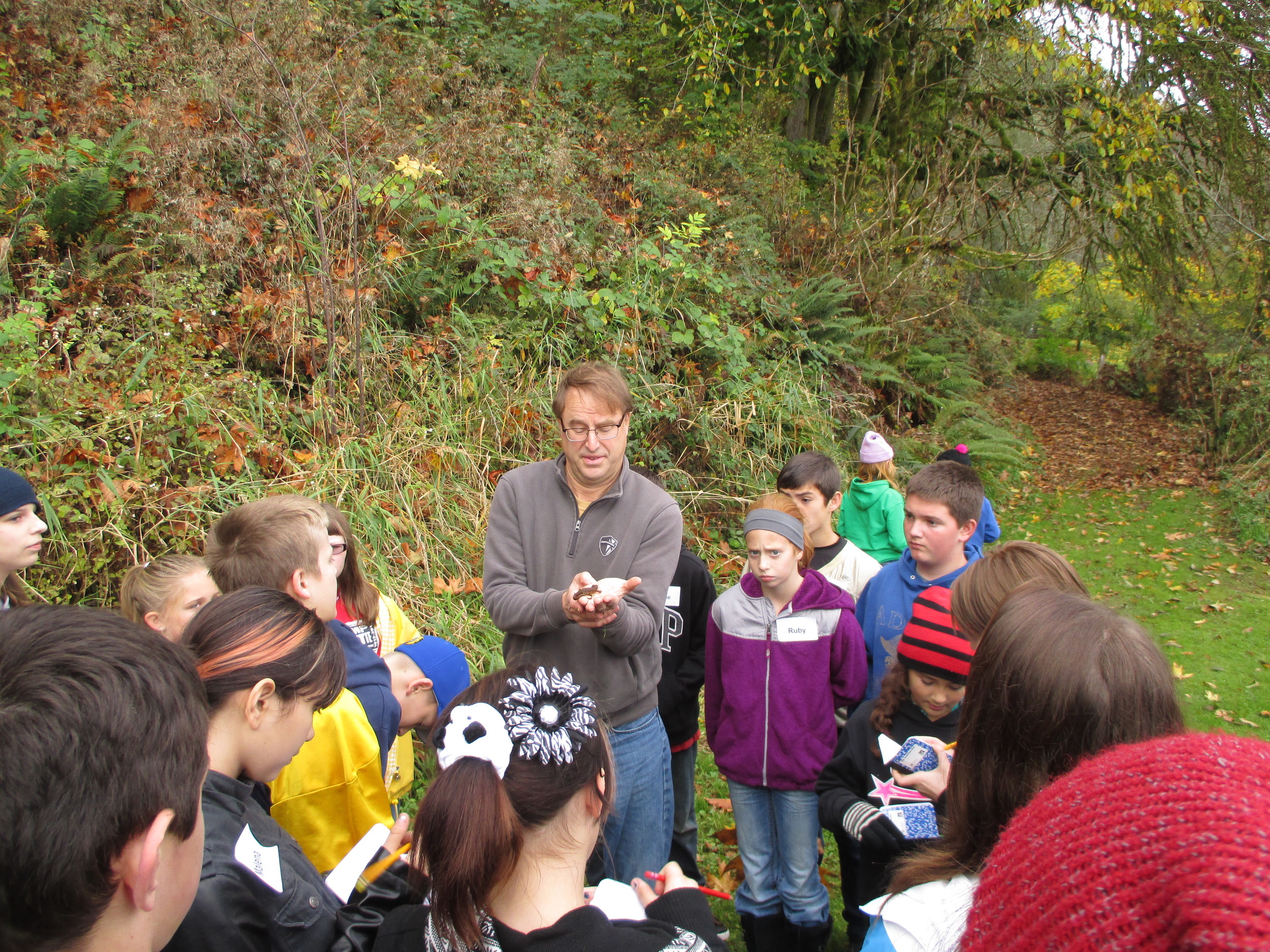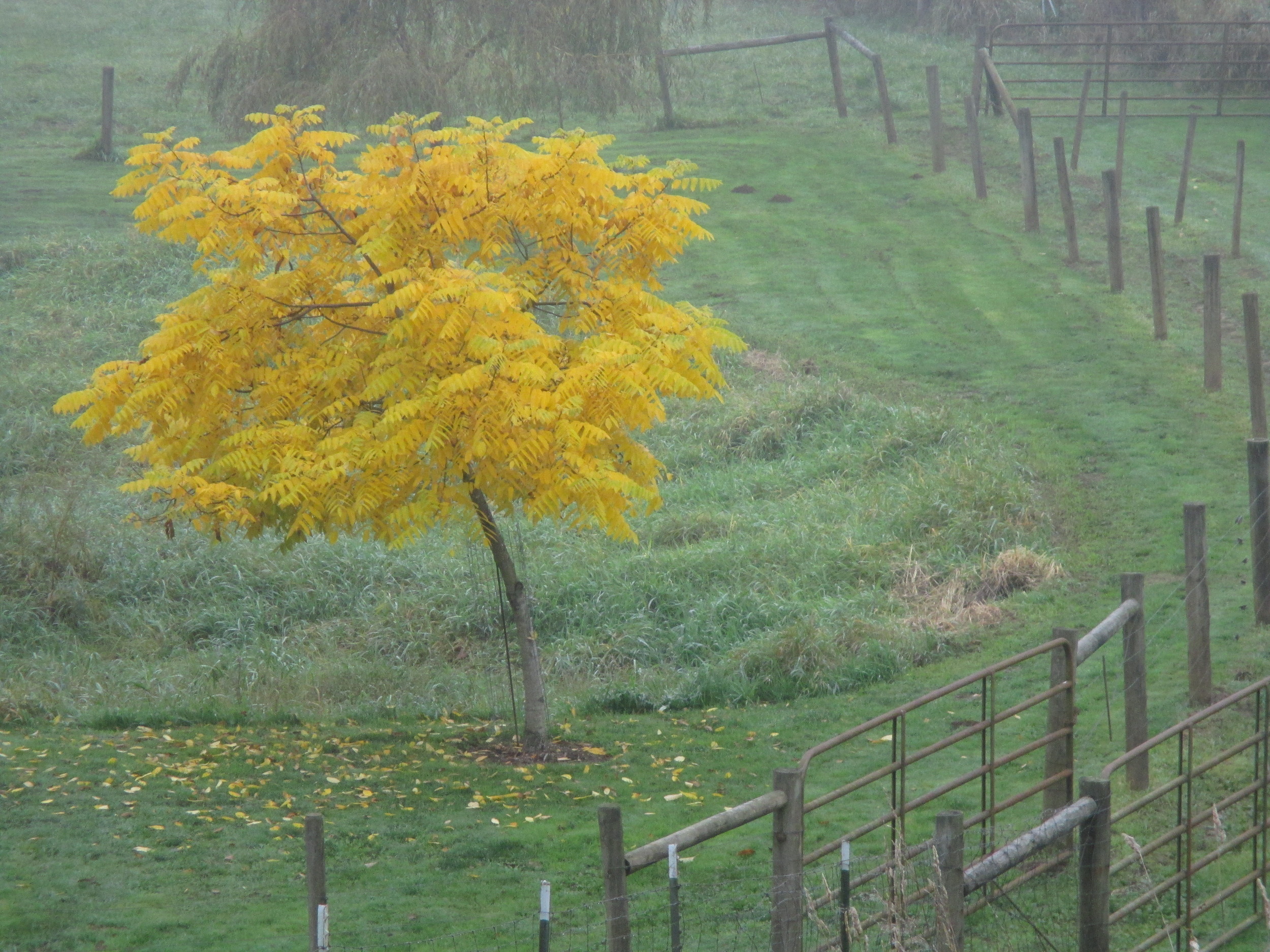Have you gotten your new issue of Mountaineers magazine yet? This image (above), along with my recipe for these chocolate-cinnamon cookies shaped like marbled murrelets, appears in the magazine.
I made the cookies. I took the photo. I sent it to my publicist at Mountaineers Books in Seattle. Let me explain....lest you think I am sitting around baking and decorating cookies when I should be out promoting conservation of the forests where these imperiled seabirds nest.
I was invited by my local Audubon chapter, Black Hills Audubon Society, in Olympia, to give a presentation in October on the marbled murrelet in conjunction with the reissue in paperback of my book Rare Bird: Pursuing the Mystery of the Marbled Murrelet. A few weeks before the presentation, the president of the chapter told me she was expecting a good turnout. I offered to bake something to help out with the hospitality effort that night. Jokingly, I said I'd make some cookies if I could find a cookie cutter in the shape of a marbled murrelet. Ha ha.
A few days later, what should arrive in the mail but a cookie cutter from the president of my Audubon chapter. It was, alas, not a murrelet, but a murrelet cousin, the puffin.
Now, for those of you who know birds, you know the puffin doesn't look much like an alcid. And, well, for those of you who know me, you know I am not much of a cookie baker. But, what the heck, I'd make a go of it.
What was I thinking?
The Thursday afternoon of my presentation, I was tweaking my slides, fiddling with the audio files of the murrelet's calls to play, trying to remember what I was going to say (45+ minutes of content with no notes). I took a much-needed break and dashed off the to the store for cookie fixin's. But I didn't go to the organic Co-op where I normally shop because they didn't carry pre-made cookie dough and I didn't have time to make the rolled cookies from scratch. So I went to the Safeway where I scooped up packages of chocolate cookie dough that, judging by the list of ingredients, was one molecule away from toxic waste. Not that I was trying to poison my fellow Auduboners...I do eat non-organic food all the time. I do eat cookies made from chemicals not found in nature. Just not that often.
I get back home with my dough and being pounding it out with a wooden rolling pin. I performed rhinoplasty on the beak, thinned the neck, and changed the posture of the body. I baked a batch or two, arrange them on a platter, took a photograph, went off to my presentation (the cookies went fast!), and then e-mailed the photograph of the cookies to amuse a few the Mountaineers Books staff I was working with.
That was Friday morning. Saturday I biked downtown with my husband to rally to support Initiative 522 (labeling of GMO foods). Then we went to the Farmer's Market and bought organic veggies and fruit.
Monday I decided to take public transportation to a meeting with a staff member of our local land trust to explore the idea of a program on forest conservation.
After the meeting, was I was waiting to catch the bus home (scowling at all the single-driver cars going by, of course), I got the call.
It was from the publicist at Mountaineers Books. She wanted my murrelet cookie recipe.
It was worse than that, actually. She didn't want the recipe--the editor at Mountaineers magazine wanted it (and photos) to accompany an article they were running about the murrelet and Rare Bird.
Busted. My hypocrisy outed.
So, instead of saying what I should have said (the truth), I told the publicists that I'd send her the recipe that afternoon. So I scurried off to the Olympia Food Co-op with a recipe for chocolate rolled cookies, filled my cart with organic cocoa powder, whole wheat flour, unbleached and organic turbinado sugar, organic chocolate nibs (for the murrelet's eyes), etc. etc. I spent the afternoon pounding out the cookie dough my wooden rolling pin, performed rhinoplasty on the beak, thinned the neck, and changed the posture of the body. I baked a batch or two, arrange them on a platter, took a photograph, and voila! Organic cinnamon-chocolate marbled murrelet cookies.
Perhaps someone can make a cookie cutter to look like this marbled murrelet chick, made famous in 1974 by being the first of this species to be discovered on its nest.
It's not what I had in mind to draw attention to the plight of the marbled murrelet, but it does serve to expose the root of the problem of natural resource conservation: us. While we are energetically, passionately, dutifully working to save this, protect that, restore what we have destroyed, we are in the same gesture wasting, destroying, depleting, exploiting. We are a complex species and often work against what is in our own best interest. Perhaps unwittingly, perhaps by inattention, perhaps because we are too lazy, too cheap, too much in rush to take good care of our resources--our wildlife, our trees, our air, our water.
We need to slow down, pay attention, and think twice about what we are consuming and what kind of environment we are producing. As author Derrick Jensen writes, "no successful species exploits its resources to the point of extinction." Yet this is precisely what we are doing. We have the choice to wake up, face our hypocrisy, make some little and some bigger changes that will go far to help move toward keeping the marbled murrelets, keeping the forests, keeping the planet functioning.
Murrelet cookies, of course, are not the answer to recovery of the marbled murrelet, but if I can make the marbled murrelet a household word--and keep bringing the lessons they offer us in their struggle to survive-- I'll keep baking them!
For the Mountaineers magazine article and recipe, click here and go to page 12.
















